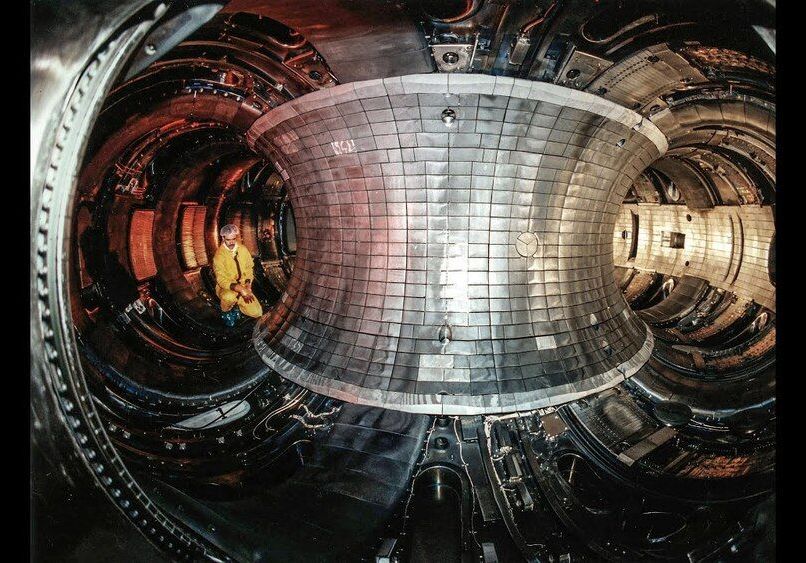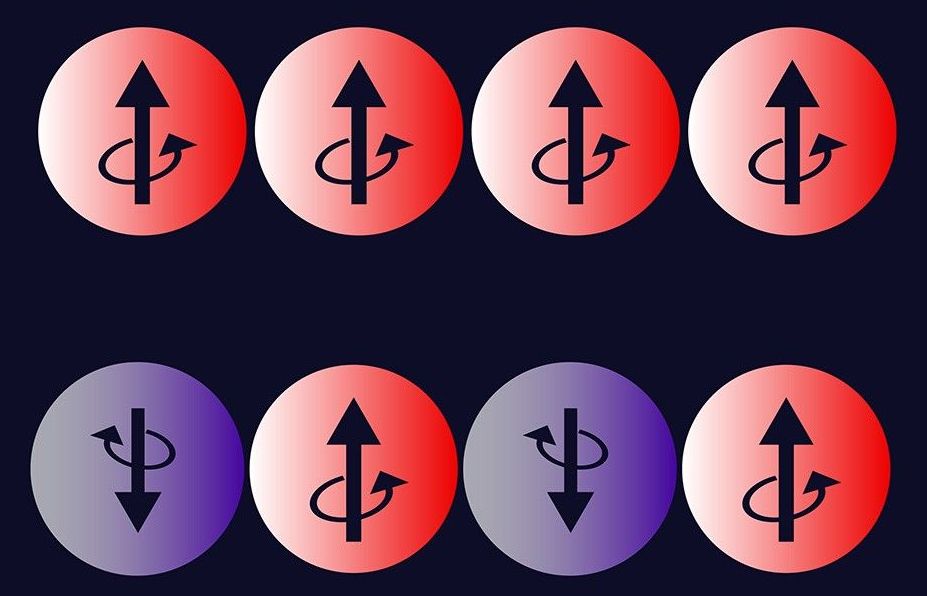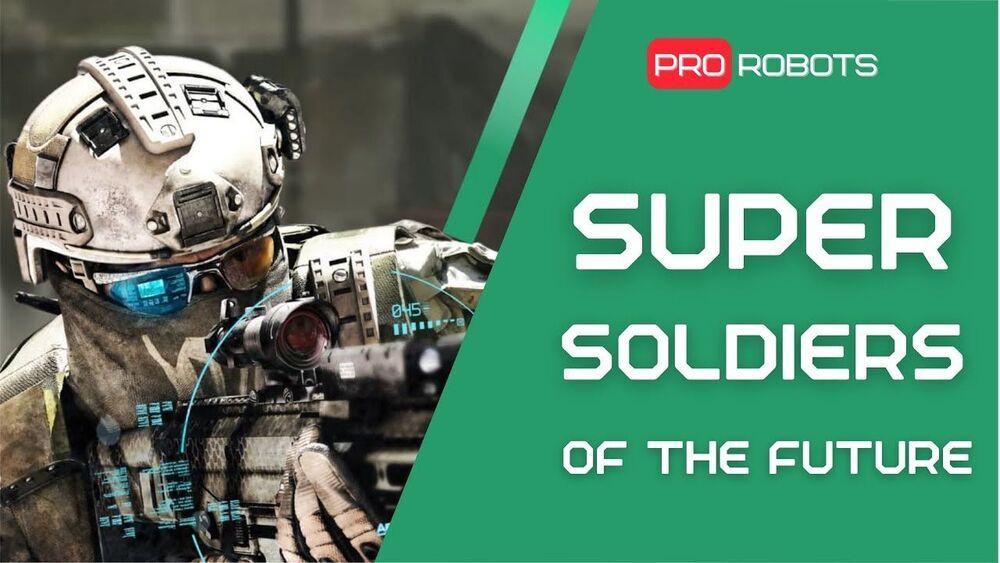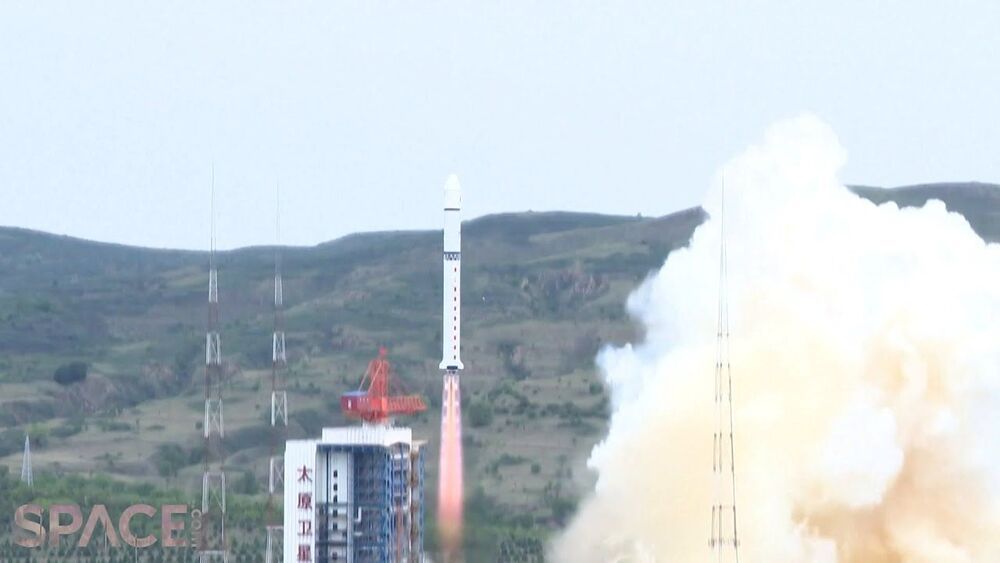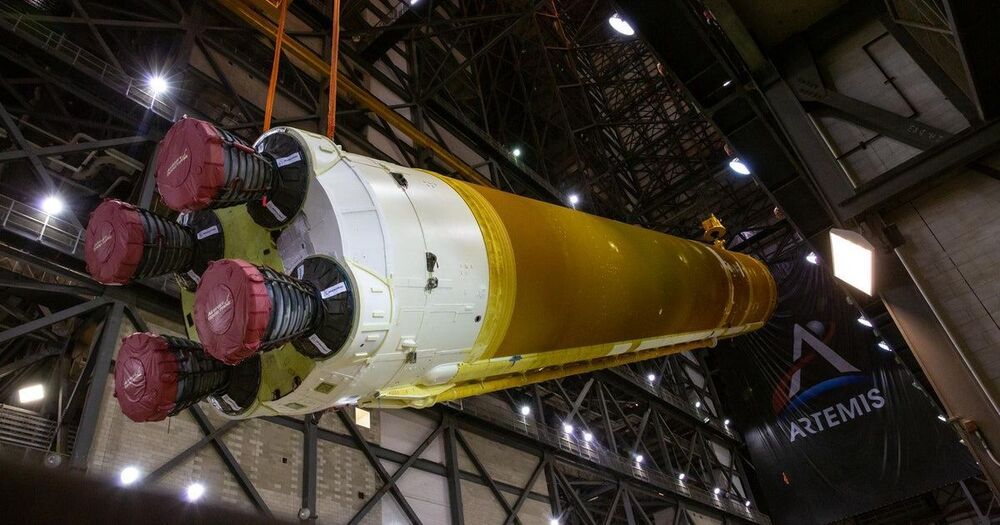After a decade of design and fabrication, General Atomics is ready to ship the first module of the Central Solenoid, the world’s most powerful magnet. It will become a central component of ITER, a machine that replicates the fusion power of the Sun. ITER is being built in southern France by 35 partner countries.
ITER’s mission is to prove energy from hydrogen fusion can be created and controlled on earth. Fusion energy is carbon-free, safe, and economic. The materials to power society with hydrogen fusion for millions of years are readily abundant.
Despite the challenges of Covid-19, ITER is almost 75 percent built. For the past 15 months, massive first-of-a-kind components have begun to arrive in France from three continents. When assembled together, they will make up the ITER Tokamak, a “sun on earth” to demonstrate fusion at industrial scale.
